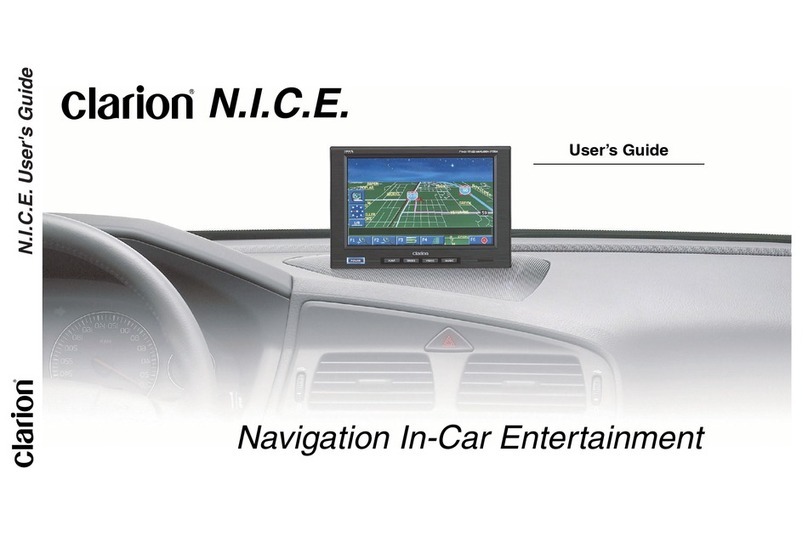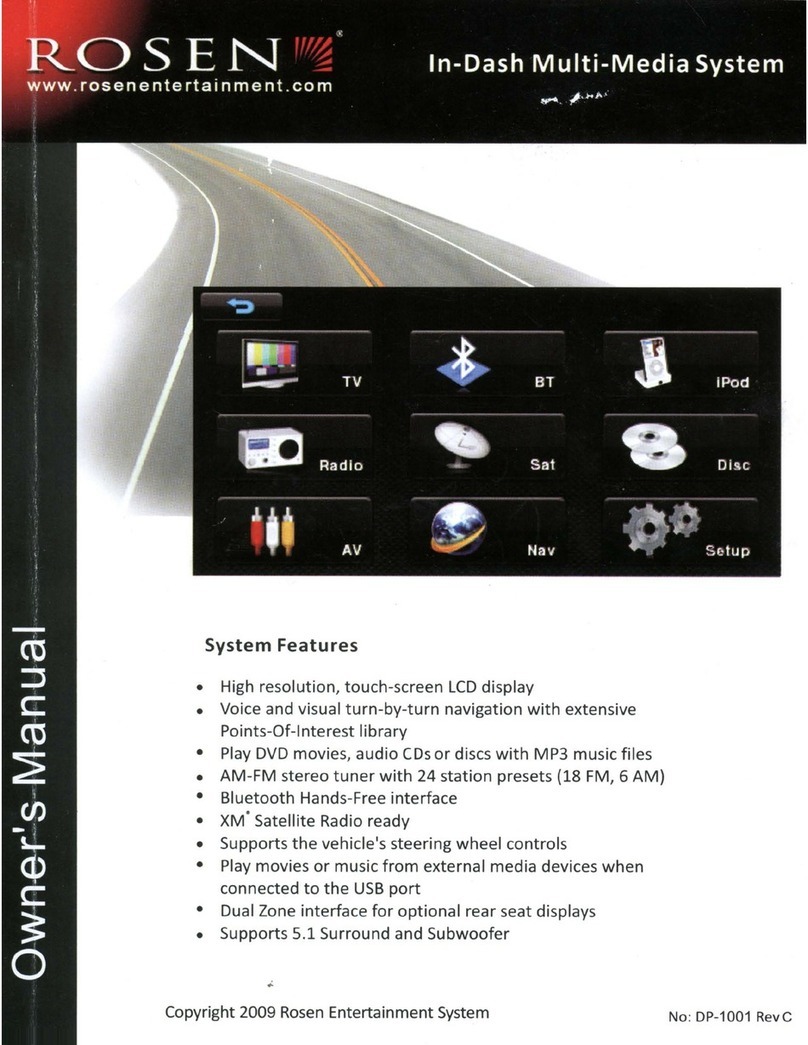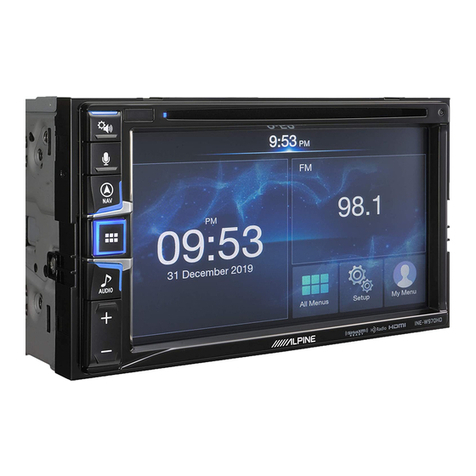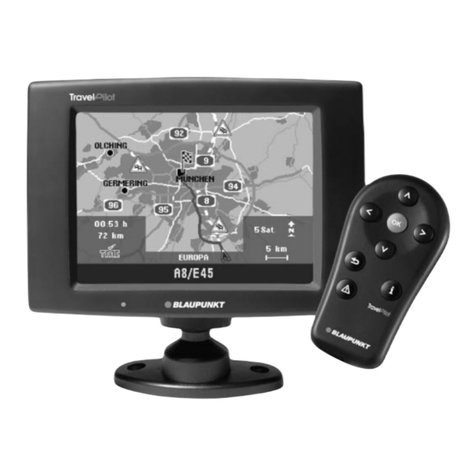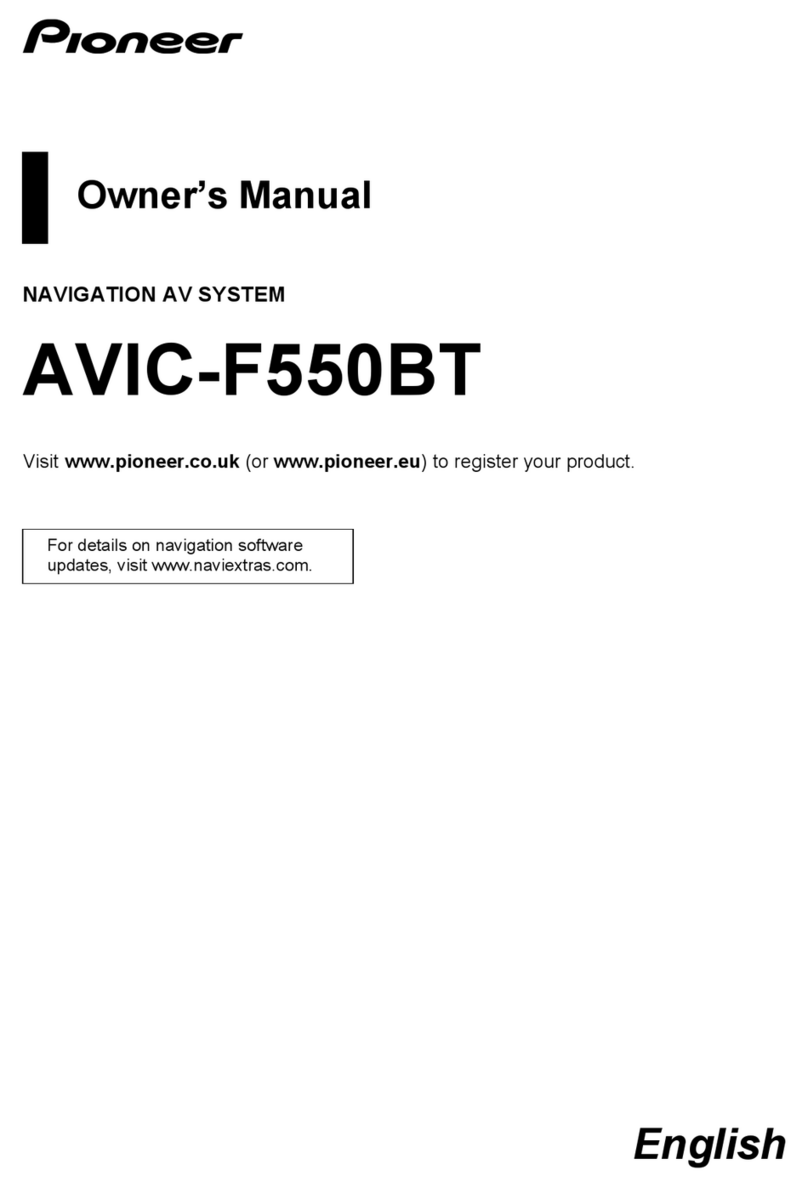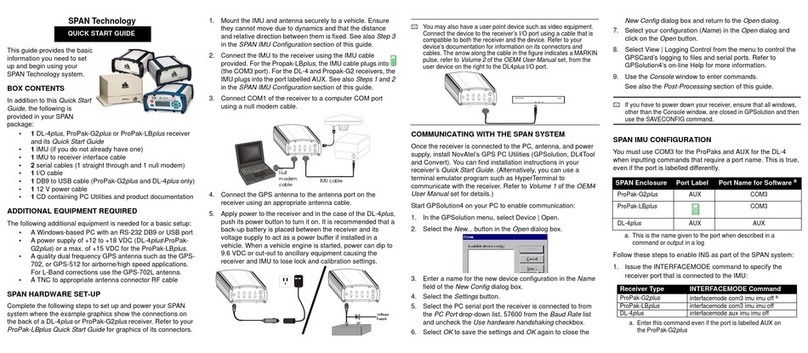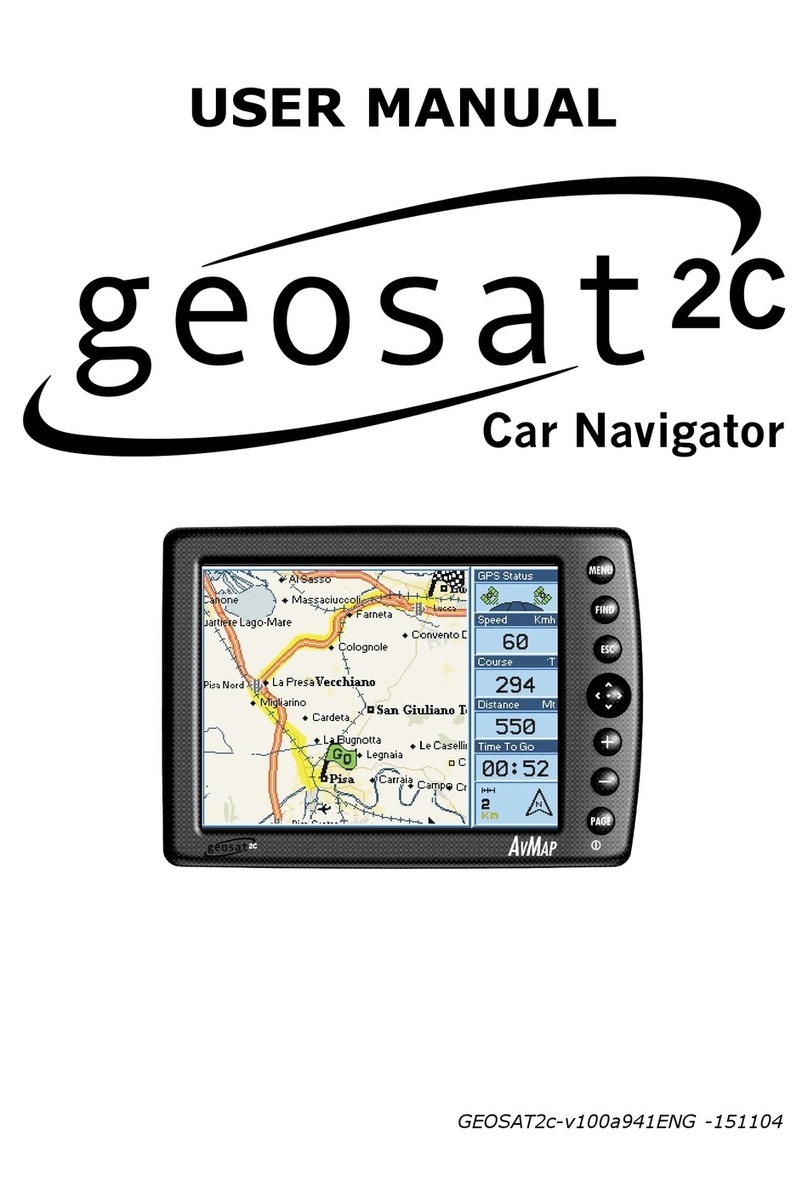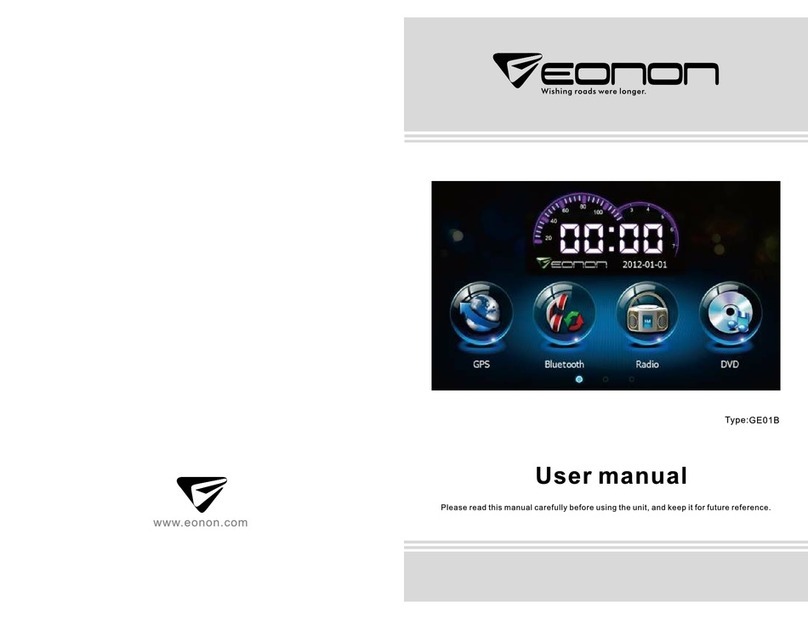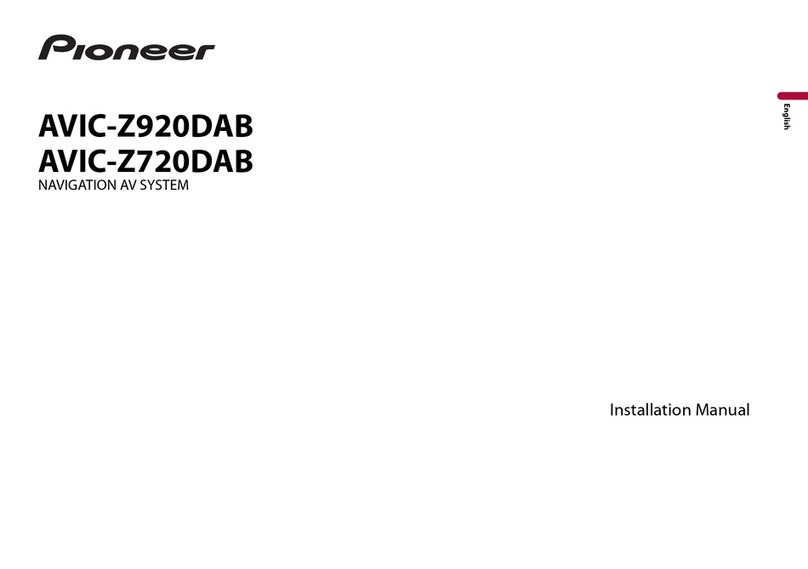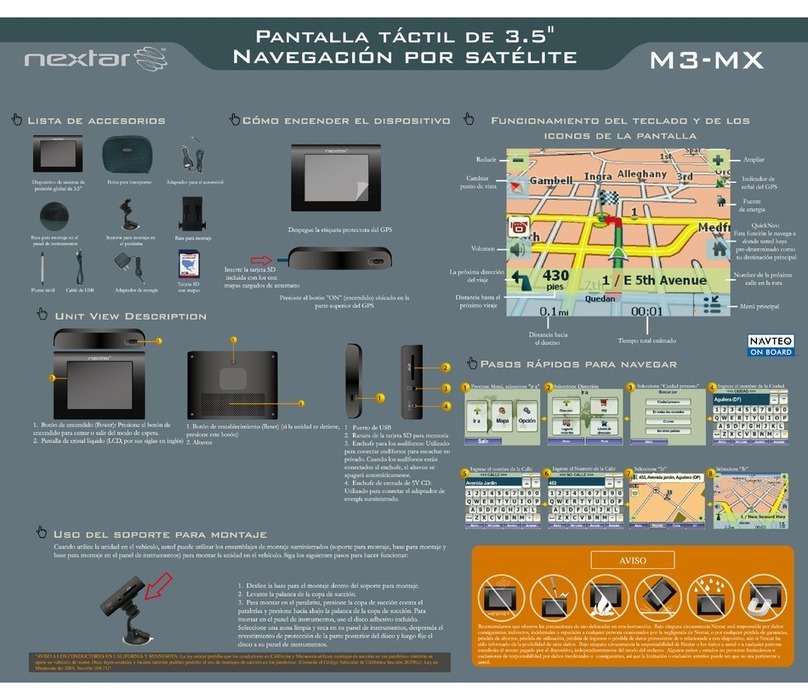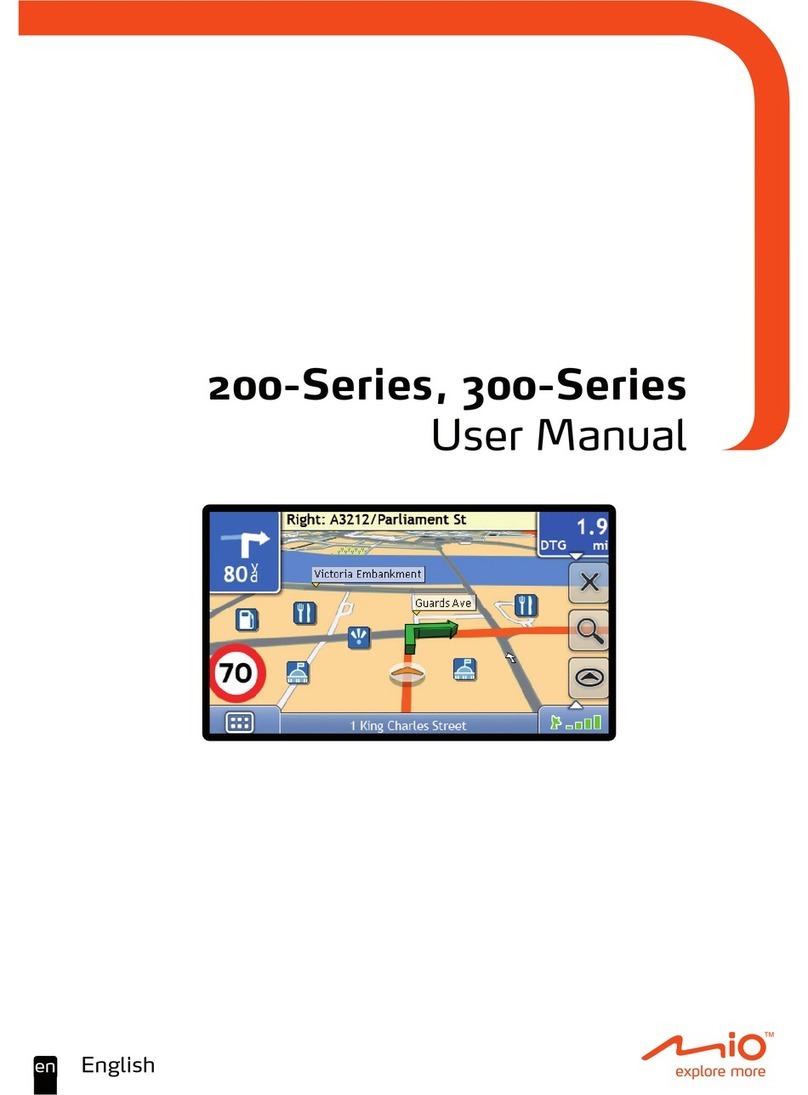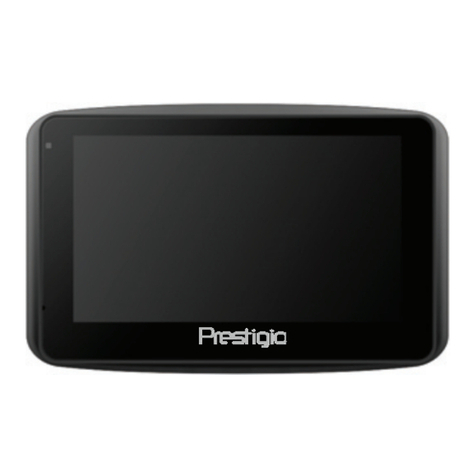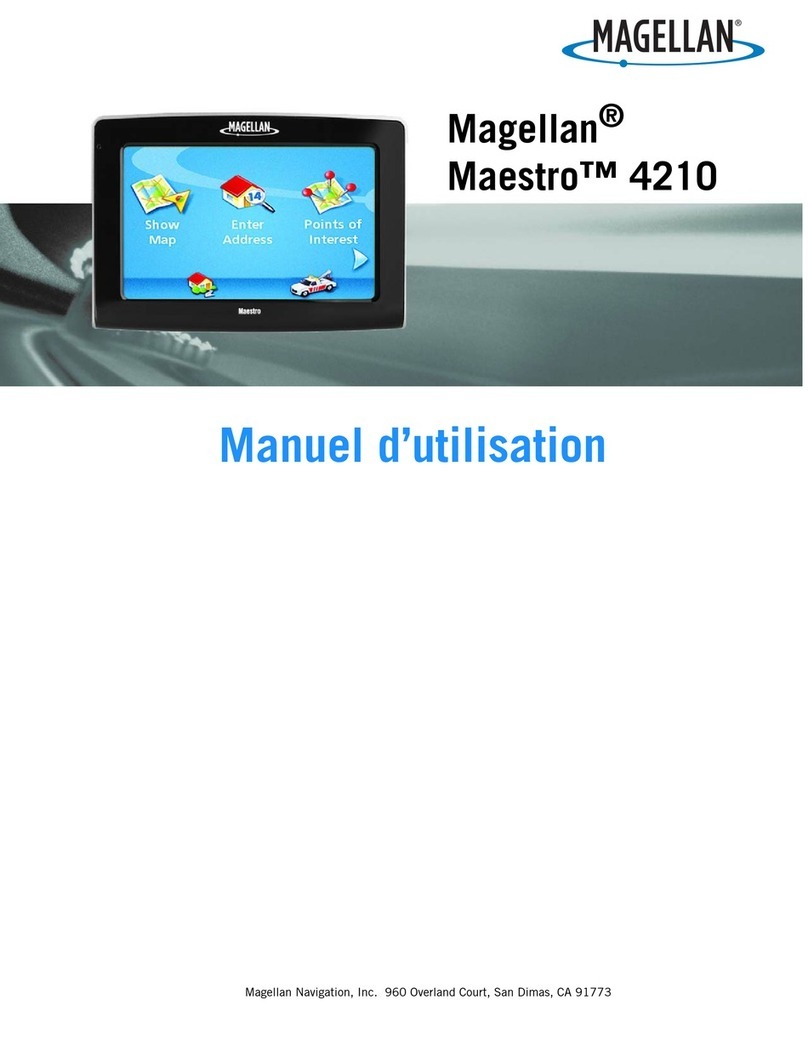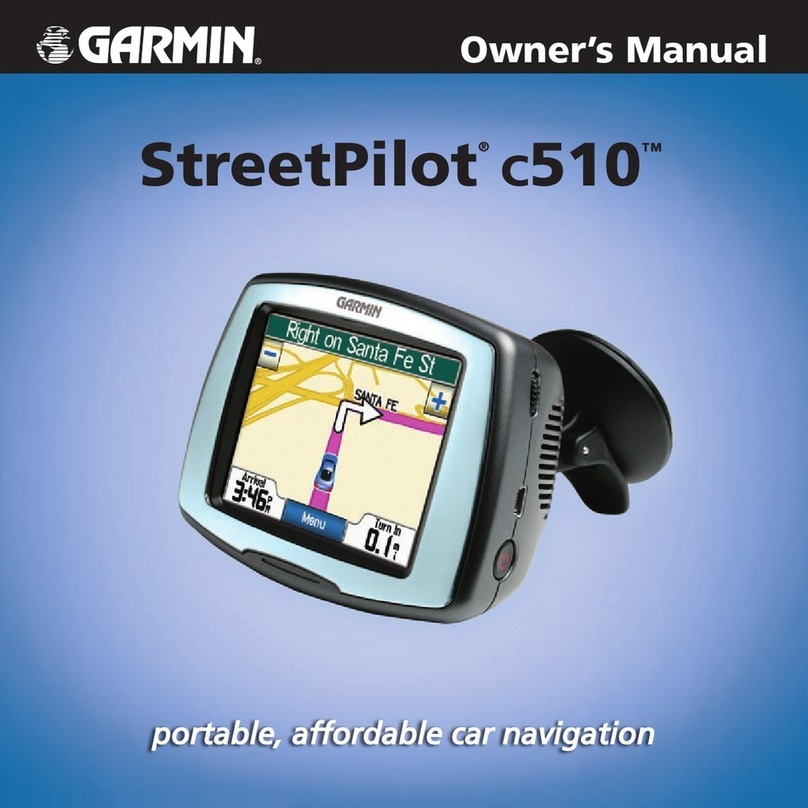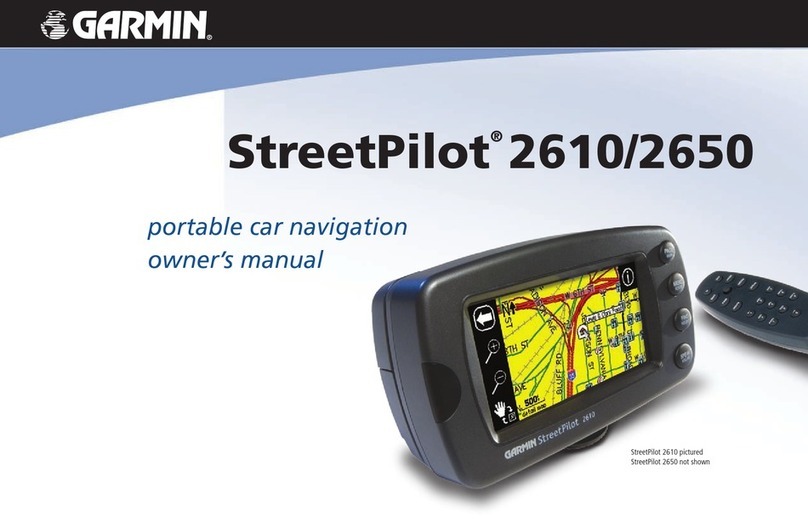
OEM7 SPAN Installation and Operation User Manual
OEM7 SPAN Installation and Operation User Manual v1 6
A.9.4 IMU-µIMU Cables 147
A.10 LN-200 IMU (single-connector enclosure) 148
A.10.1 LN-200 IMU Mechanical Drawings 149
A.10.2 LN-200 IMU Performance 151
A.10.3 LN-200 Electrical and Environmental 151
A.10.4 Interface Cable for the LN-200 IMU 152
A.11 OEM-IMU-ADIS-16488 153
A.11.1 OEM-IMU-ADIS-16488 Mechanical Drawings 154
A.11.2 OEM-IMU-ADIS-16488 Sensor Specifications 156
A.11.3 OEM-IMU-ADIS-16488 Electrical and Environmental 156
A.11.4 ADIS-16488 IMU-to-MIC Cable Assembly 156
A.12 OEM-IMU-ISA-100C 158
A.12.1 OEM-IMU-ISA-100C Mechanical Drawings 159
A.0.1 OEM-IMU-ISA-100C Sensor Specifications 161
A.12.2 OEM-IMU-ISA-100C Electrical and Environmental 161
A.12.3 OEM-IMU-ISA-100C IMU to UIC Cable Assembly 162
A.13 OEM-IMU-STIM300 165
A.13.1 OEM-IMU-STIM300 Mechanical Drawings 166
A.13.2 OEM-IMU-STIM300 Sensor Specifications 167
A.13.3 OEM-IMU-STIM300 Electrical and Environmental 167
A.13.4 STIM300 IMU-to-MIC Cable Assembly 167
A.14 OEM-IMU-µIMU 169
A.14.1 OEM-IMU-µIMU Mechanical Drawings 169
A.14.2 OEM-IMU-µIMU Sensor Specifications 171
A.14.3 OEM-IMU-µIMU Electrical and Environmental 172
A.0.2 µIMU to UIC Cable Assembly 172
A.15 Universal IMU Enclosure (HG1700, LN200) 174
A.15.1 Universal IMU Enclosure Mechanical Drawings 175
A.15.2 IMU Performance 179
A.15.3 Electrical and Environmental 180
A.15.4 Universal IMU Enclosure Interface Cable 181
A.16 MIC - MEMS Interface Card 184
A.16.1 MIC Mechanical Drawings 185
A.16.2 MIC Electrical and Environmental 187
A.16.3 MIC Connectors 187
A.16.4 HG1930 IMU-to-MIC Cable Assembly 193
A.16.5 HG1700 and HG1900 IMU-to-MIC Cable Assembly 194
A.17 UIC - Universal IMU Controller 196
A.17.1 UIC Mechanical Drawings 197
A.17.2 UIC Electrical and Environmental 199
A.17.3 UIC Connectors 199
A.0.3 HG1900 IMU to UIC Cable Assembly 202
A.0.4 LN200 IMU to UIC Cable Assembly 203
APPENDIX B HG1700 IMU in Universal Enclosure
B.1 Disassemble the Universal Enclosure 207
B.2 Install the HG1700 Sensor Unit 209
APPENDIX C LN-200 IMU in Universal Enclosure
C.1 Disassemble the Universal Enclosure 217
C.2 Install the LN-200 Sensor Unit 219
APPENDIX D HG1700 IMU in SPAN HG Enclosure
D.1 Disassemble the SPAN IMU Enclosure 224
